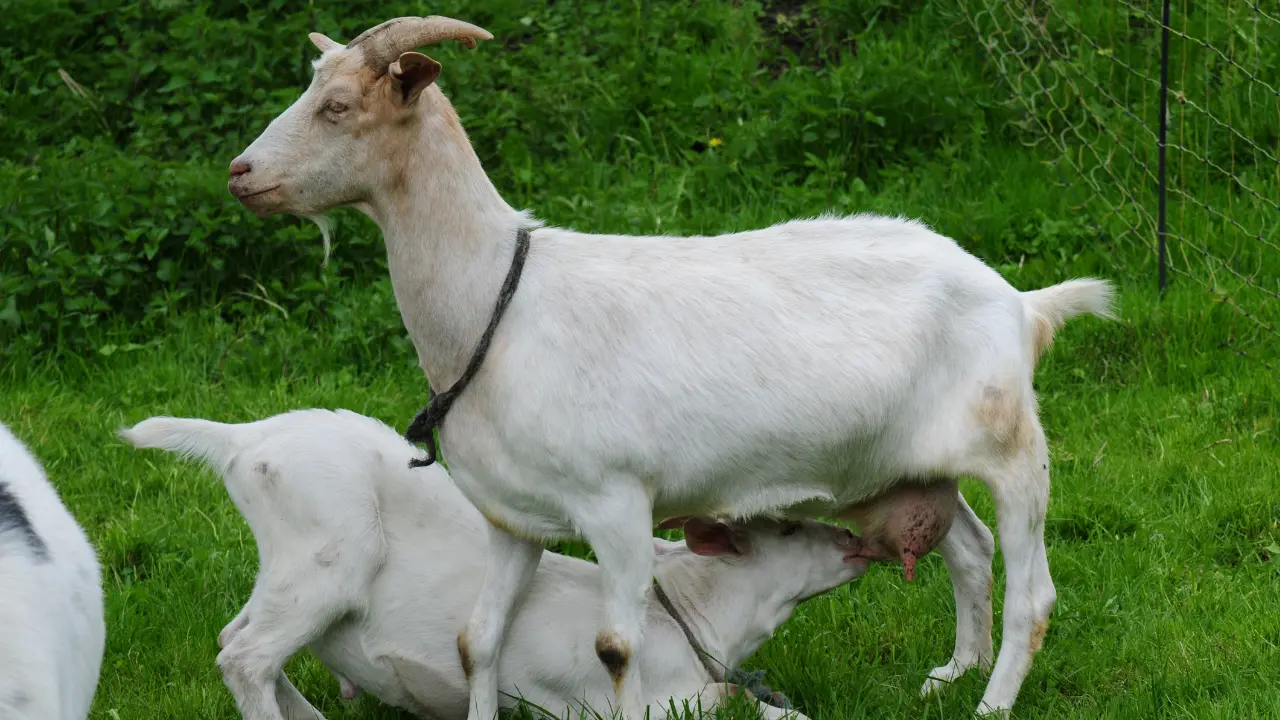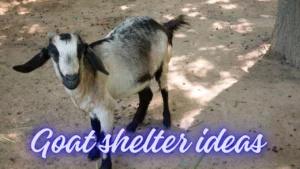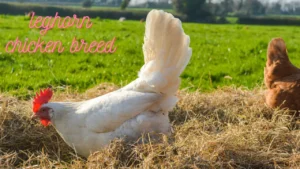Goat farming is an increasingly popular agricultural activity across the globe, offering numerous benefits such as milk, meat, fiber, and even manure. Due to their adaptability and relatively low maintenance, goats can be an ideal livestock choice for small-scale farmers and large commercial operations alike. This guide will walk you through the essential aspects of goat farming, including selecting breeds, housing, feeding, health care, and profitability.
Benefits of Goat Farming
1. Low Initial Investment
Compared to other livestock like cattle, goat farming requires a relatively low capital investment. Goats are smaller, need less food, and their shelters are cheaper to build and maintain.
2. Multipurpose Utility
Goats provide milk, meat, skin, fiber, and manure. Some breeds are also used for weed control and grazing management, making them extremely versatile.
3. Fast Reproduction Rate
Goats mature quickly and can give birth twice a year, often producing twins or triplets. This high reproduction rate makes it easier to scale your herd.
4. Adaptability
Goats are hardy animals that can adapt to various climates and environmental conditions. They can thrive in arid, semi-arid, mountainous, and tropical regions.
Choosing the Right Goat Breeds
The choice of breed depends on your farming goals—whether you are raising goats for milk, meat, or fiber.
Dairy Goat Breeds
- Saanen: High milk yield, calm temperament.
- Alpine: Hardy and adaptable, good milk production.
- Nubian: Dual-purpose (milk and meat), known for high butterfat content.
Meat Goat Breeds
- Boer: Fast-growing and heavily muscled, ideal for meat.
- Kiko: Resistant to parasites, low maintenance.
- Spanish: Hardy and productive in harsh conditions.
Fiber Goat Breeds
- Angora: Produces mohair, needs shearing twice a year.
- Cashmere: Soft undercoat used in luxury garments.
Setting Up Goat Housing
Goats need a clean, dry, and well-ventilated shelter to protect them from extreme weather and predators.
Housing Design Tips
- Flooring: Raised wooden floors help with drainage and hygiene.
- Ventilation: Good airflow is essential to prevent respiratory issues.
- Fencing: Use strong fencing (like electric or woven wire) to keep goats in and predators out.
- Space: Allocate at least 10-15 square feet per adult goat in the shelter.
Feeding and Nutrition
Proper nutrition is critical to the health and productivity of your goats.
Forage and Grazing
Goats are natural browsers and prefer shrubs, weeds, and grasses over just pasture. Rotational grazing systems can help maintain pasture health and reduce parasite load.
Supplementary Feeding
- Grains: For lactating or growing goats, grains like corn, barley, and oats can be added.
- Minerals: Provide a salt lick or mineral block containing essential nutrients like calcium, phosphorus, and magnesium.
- Clean Water: Always have fresh and clean water available.
Goat Health Management
Keeping your goats healthy involves regular monitoring, vaccination, and parasite control.
Common Diseases
- Enterotoxemia: Caused by Clostridium bacteria; vaccinated with CDT.
- Foot Rot: Caused by wet conditions; manage with proper hygiene and trimming.
- Mastitis: Inflammation of the udder in dairy goats; ensure cleanliness during milking.
Vaccination Schedule
Consult with a local veterinarian for a vaccination plan tailored to your region and herd. Common vaccinations include:
- CDT (Clostridium perfringens types C and D, and Tetanus)
- Rabies (in areas where applicable)
- Pneumonia prevention vaccines
Parasite Control
Goats are prone to internal and external parasites. Deworm regularly, use pasture rotation, and keep housing clean to reduce infestations.
Breeding and Reproduction
Understanding breeding cycles and techniques is key to a productive herd.
Breeding Age and Season
- Female goats (does) can be bred at 8-10 months old.
- Most goats are seasonal breeders, typically from late summer through early winter.
Kidding (Birthing)
Gestation lasts around 150 days. Prepare a clean and quiet area for the doe. Post-kidding care includes checking for retained placenta and ensuring the kid nurses colostrum within the first few hours.
Milking Goats
For dairy farms, consistent and hygienic milking practices are essential.
Milking Techniques
- Wash the udder before and after milking.
- Use clean equipment and sanitize after every use.
- Milk twice daily to maintain production.
Milk Storage
Store milk in clean, sterilized containers. Refrigerate immediately to ensure freshness and reduce bacterial growth.
Marketing and Profitability
A successful goat farming venture also depends on smart business practices.
Market Opportunities
- Meat and Milk Sales: Local butchers, dairy companies, and farmers’ markets.
- Value-Added Products: Cheese, yogurt, soap, and fiber products.
- Breeding Stock: Selling purebred goats to other farmers.
Business Planning
- Budget: Track all costs—feed, veterinary care, infrastructure, labor.
- Record Keeping: Maintain health records, breeding logs, and financial documents.
- Licensing: Check local regulations for selling dairy or meat products.
Sustainability and Environment
Goat farming can be integrated into eco-friendly practices.
Benefits to the Environment
- Goats can help reduce invasive plant species.
- Their manure is an excellent organic fertilizer.
- Smaller ecological footprint compared to cattle.
Sustainable Practices
- Use natural grazing methods.
- Avoid overstocking pastures.
- Recycle manure into compost.
Challenges in Goat Farming
While rewarding, goat farming comes with its share of difficulties.
Common Challenges
- Disease outbreaks
- Predator attacks
- Market fluctuations
- Initial learning curve
Solutions
- Continuous learning and training
- Investing in quality infrastructure
- Networking with experienced farmers
- Having contingency plans
Conclusion
Goat farming can be a sustainable and profitable agricultural venture if managed properly. Whether you’re a beginner or looking to expand an existing operation, understanding the basics—from breed selection and housing to feeding, health care, and marketing—is crucial to success. With dedication and smart planning, goats can provide not just income but a fulfilling farming lifestyle.












